A Place for Nature in Shanghai
Volunteers in Shanghai, China are carving out refuges for wildlife and people in the heart of the city, improving biodiversity and climate resilience.
By Heather Sisan
On a typical morning, the streets of Shanghai—China’s largest city—resound with the rumbling of cars and trucks, bicycle bells, music, and human voices as 25 million residents hurry from home to work, school, or other destinations. The densely crowded streets are often snarled with traffic, and in summer the heat can be intense. Like other major cities around the world, Shanghai also suffers from air pollution. But here, residents are working to ease some of the stress of city living by carving out refuges for wildlife—and people—in the heart of the city.
In partnership with local volunteers and others, The Nature Conservancy is helping create habitat gardens across the Changning District. Landscaped with native plants, these pockets of greenery offer benefits for all the city’s residents. They are designed in close partnership with the community and created with the active participation of residents.

Small Garden, Mighty Impact for Biodiversity
Many of the gardens are just a few hundred square meters in size, but even such small refuges offer value. They help to soak up air pollution, cool the air on hot summer days, and capture excess water during storms to prevent flooding. Some of the gardens grow food that people can eat; others merely offer residents a respite from heat and stress. Even the smallest gardens are magnets for birds, butterflies, frogs, and other wildlife. They also provide food and shelter for migratory bird species that use them as vital stopovers when they cross the city.
The first habitat garden was built in 2018 inside Chuangzhi Garden, a community garden in the Yangpu District. TNC and the local nongovernmental organization Clover Nature School transformed part of the location from a construction waste site to a 60-square meter habitat garden within the larger complex. At the garden’s launch, TNC organized learning and volunteering activities that drew 300 participants. Since then, 24 species of birds, frogs, and butterflies have been recorded in the habitat garden. A series of activities at the garden helped residents appreciate its value.
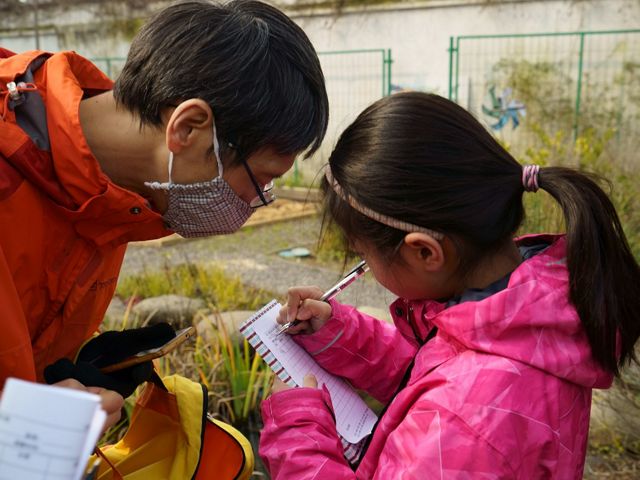
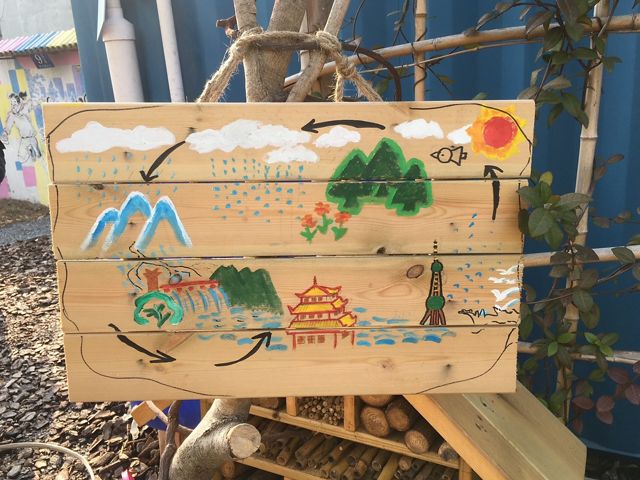
From rubble to urban micro-renewal
The second garden project, completed in November 2019, was the 450-square meter Hongxu habitat garden. This site was once a storage site for rubble and garbage but now features native plants and ponds, vegetable gardens, children’s play areas, and a pavilion. The Hongxu community is known for its commitment to urban micro-renewal, uses permeable pavement, and is a leader in garbage classification, composting, and recycling. Volunteers maintain the soil in the garden using kitchen compost. The Hongxu garden functions as an important example of how to integrate nature into a community.
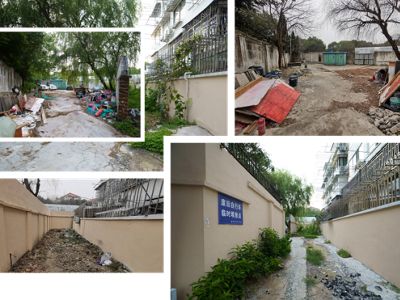
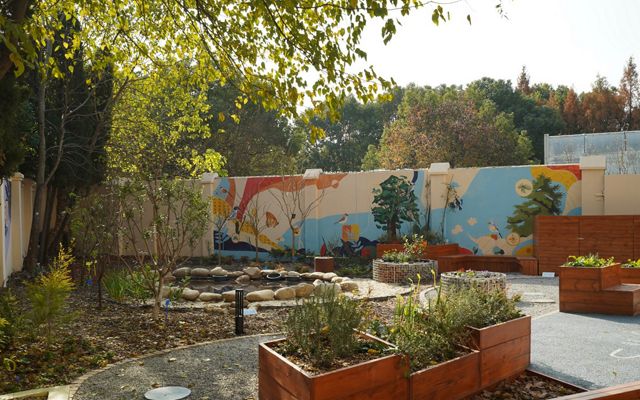
The collective value of Changning’s gardens
In 2021, with promotion and assistance from TNC, seven new gardens were constructed in the Changning District. Although many of the sites are very small, these tiny islands of greenery create an archipelago of wildlife habitat throughout the city. The volunteers who help maintain the gardens use few or no pesticides and fertilizers and focus on planting native species. At some of the sites, local university students are monitoring biodiversity; volunteers also assist with wildlife monitoring.
The gardens have already hosted community events and exhibits, with support from local partners. For example, in June 2021, volunteers celebrated World Environment Day by repairing and creating new “bug hotels” at the Hongxu Habitat Garden to attract beneficial pollinators. The gardens also inspired the Lego Habitat Garden Exhibition, which ran from November 2021 to January 2022, featuring plants, insects, and animals built out of Lego to bring attention to the importance of nature in the city.
The gardens have already hosted community events and exhibits, with support from local partners. For example, in June 2021, volunteers celebrated World Environment Day by repairing and creating new “bug hotels” at the Hongxu Habitat Garden to attract beneficial pollinators. The gardens also inspired the Lego Habitat Garden Exhibition, which ran from November 2021 to January 2022, featuring plants, insects, and animals built out of Lego to bring attention to the importance of nature in the city.
Hongxu Habitat Garden
The transformation of an abandoned lot made space for community life, both human and wild.
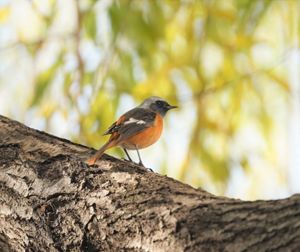
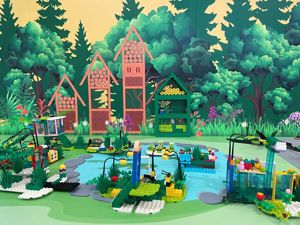
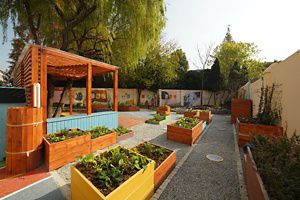
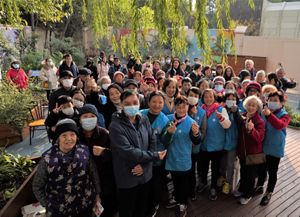

FOR THE BIRDS: A male Daurian Redstart takes refuge in the new garden. © Dong Dazheng

CREATIVITY ABOUNDS: A Lego display promotes habitat gardens in Shanghai. © Linlin Yu

URBAN REFUGE: Today, the Hongxu garden serves people and nature. © Dong Dazheng

1-Year Anniversary: Volunteers celebrate Hongxu's first anniversary. © Dong Dazheng
How Shanghai’s 2035 plan prioritizes nature
The gardens are an aspect of Shanghai’s 2035 master plan, which aims to make Shanghai one of the best cities in the world on measures like carbon emissions, tree cover, and water quality. By filtering pollutants from the air and water, these communal greenspaces make Shanghai more resilient to the impacts of climate change. They are home to more than 400 species of native plants and provide habitat for more than 40 species of urban wildlife.
TNC has been doing this work in Shanghai along with local organizations, government, communities, and universities, and with funding from Carrier Corporation. To date, the project has completed 27 habitat gardens, gradually establishing a demonstration network and on track to create no fewer than 30 habitat gardens by 2025 in Changning District.
For Shanghai’s residents, urban stress is a part of daily life in the world’s most populous city. But making nature an integral part of the city can go a long way toward improving their quality of life—and that of the wildlife sharing the city with them.



